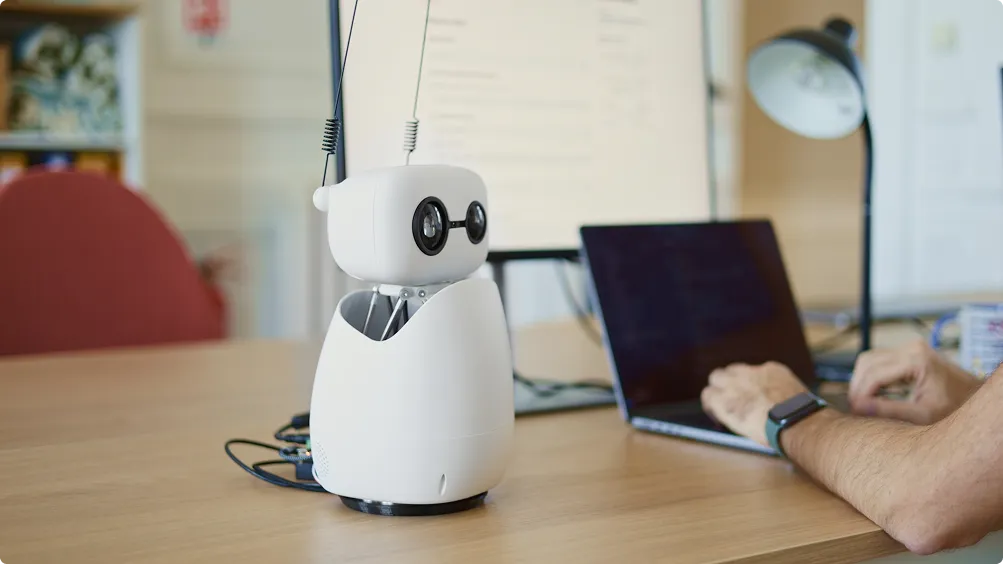Hugging Face’s $299 Reachy Mini Signals A New Era In Personal Robotics
The AI powerhouse wants to bring robotics to the masses with its modular, open-source, and AI-integrated approach. By democratizing robotics, the company aims to spark a new wave of accessible hardware innovation.

Latest

French Tech Funding Wire December 8: VC Deals Fall; TechBio Rises; €175.35M Raised In 18 Rounds
Between Dec 1 and Dec 5, French Tech startups raising money included Gradium, Axoltis Pharma, Spark Cleantech, Bitstack, Innerskin, Ray studios, 2501.ai, ECAIR, Veragrow, Basalt, ReSoil, Kimialys, Minitap, ROB’OCC, Arrago, Annette, Néosylva, BiPER Therapeutics, and Vulgaroo.

🇫🇷 French Tech Wire: Brevo’s €1B Breakout Bet and France’s TechBio Surge
Brevo’s €500M PE-led liquidity deal crowns it a unicorn and resets the French-tech cap table, arming the company for U.S. expansion, M&A, and AI acceleration. Plus: a new TechBio map spots 40 French startups fusing biology and deeptech.

Mapping French TechBio: 40 Companies Mixing Biology, Data, and AI
A comprehensive mapping by France Biotech and France Deeptech identifies 40 companies operating at the intersection of biology and breakthrough technology, and argues that France could become a global leader in this emerging field.

Brevo’s €500M Deal Delivers Historic Liquidity Event for French Tech
Brevo’s €1bn valuation was driven by a PE-led growth buyout: General Atlantic and Oakley take 50%, Partech exits, and the cap table resets. It’s a landmark French-tech liquidity moment that gives Brevo powerful partners for U.S. expansion, bigger M&A, and AI-powered growth.



